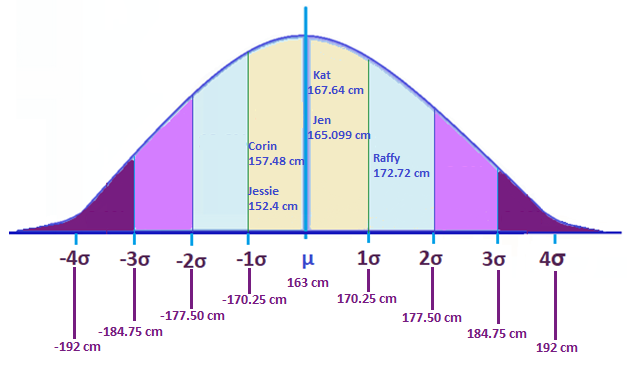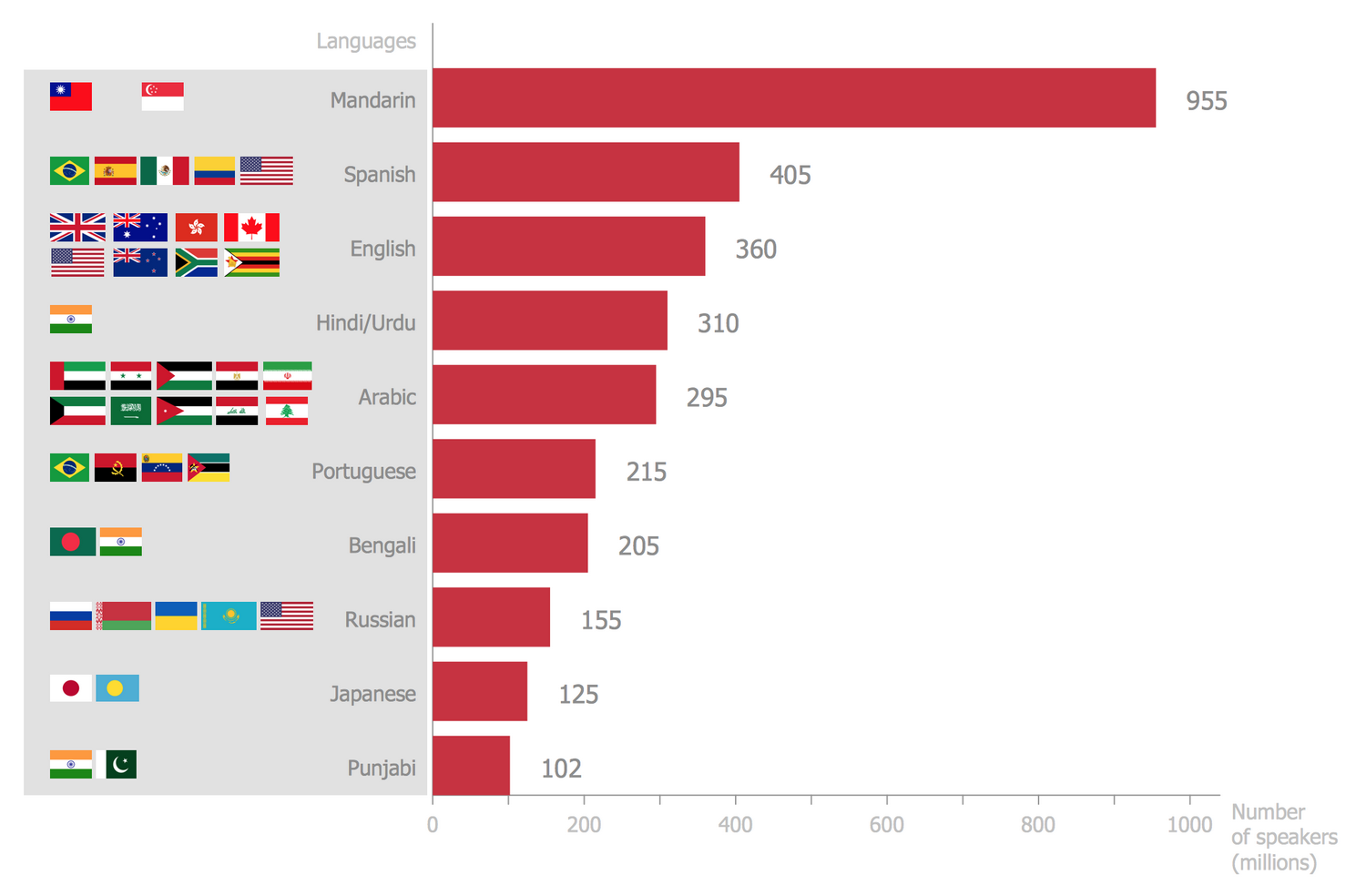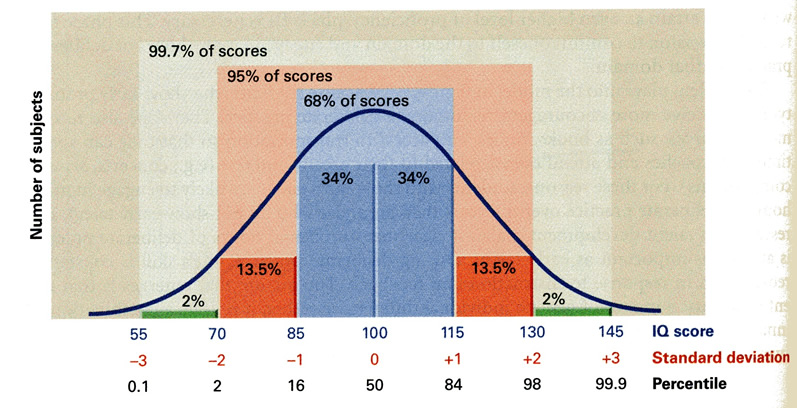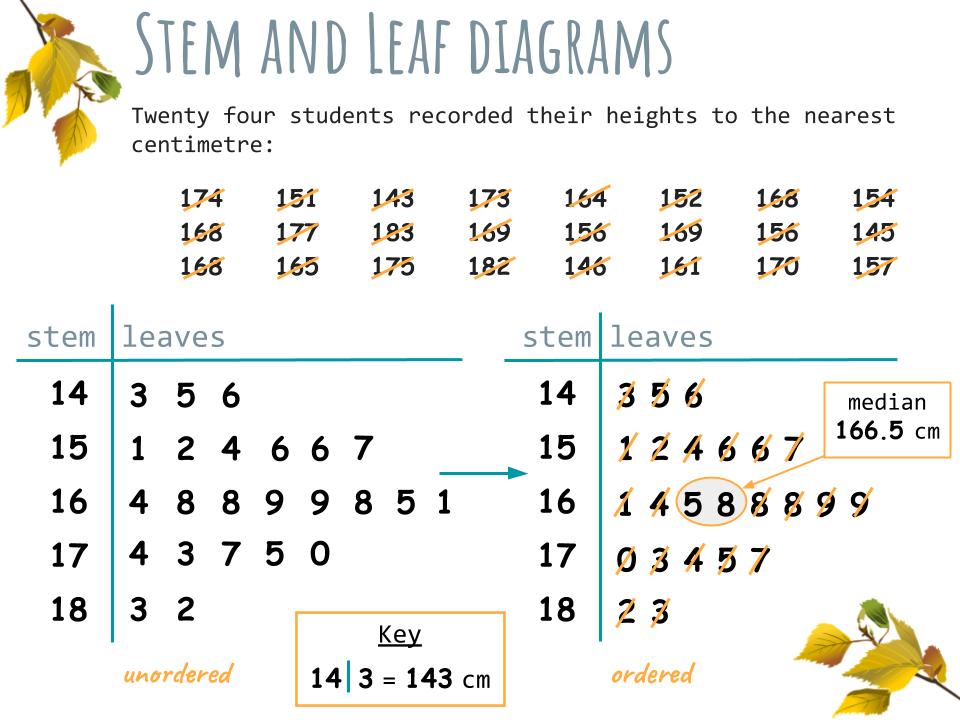Pie chart
Table of Contents
Table of Contents
A pie chart is a statistical tool used to represent data visually through the use of a circular graph that is divided into slices. This type of chart is popular because it provides an easily understandable way to see how different parts relate to the whole. In this article, we will delve deeper into the definition of pie charts in statistics and explore their many applications.
Pain Points
When it comes to data analysis, one of the biggest challenges is identifying the most effective way to represent information. Pie charts can be a useful tool in this regard, but not everyone is familiar with the nuances of their design or how to use them effectively. Additionally, there are some situations where a pie chart may not be the best choice to represent data, which can cause confusion or misinterpretation.
What Are Pie Charts?
A pie chart is a type of data visualization that is used to illustrate proportions in a data set. The chart is divided into slices, where each slice represents a specific category or value within the data set. The size of each slice is directly proportional to the value or percentage that it represents. Pie charts are commonly used in business, economics, and other fields where it is important to understand the relative size of different categories within a data set.
Benefits of Pie Charts in Data Analysis
Pie charts offer several benefits when it comes to data analysis:
- They are easy to understand: Pie charts are intuitive and can be understood by people with different levels of statistical knowledge.
- They show proportions: Pie charts make it easy to see how different categories or values relate to the whole.
- They are visually appealing: Pie charts are visually striking and can quickly grab the viewer’s attention.
These benefits make pie charts a useful tool in many different contexts.
How to Use Pie Charts Effectively
In order to use pie charts effectively, it is important to keep a few key principles in mind. First, pie charts are best used for data sets with between two and six categories. If there are more than six categories, the chart can become difficult to read and understand. Second, the slices of a pie chart should be ordered from largest to smallest in a clockwise direction, with the largest slice starting at the 12 o’clock position. Finally, it is important to choose colors and labels that are easily distinguishable and easy to read.
Common Mistakes When Using Pie Charts
Despite their usefulness, pie charts are not always the best choice for representing data. In some cases, they can actually be misleading or confusing. For example, pie charts that compare similar values can make it difficult to tell them apart. Similarly, pie charts that are used to compare values over time (e.g., a chart comparing sales from one quarter to the next) can be difficult to read and understand. In these cases, it may be better to use a different type of chart, such as a line chart or a bar chart.
Real-World Applications of Pie Charts
Pie charts are used in a variety of real-world contexts, such as:
- Business: Pie charts are often used to represent market share or sales data.
- Politics: Pie charts can be used to represent the results of an election.
- Science: Pie charts can be used to represent the composition of different materials or compounds.
These are just a few examples of the many ways that pie charts can be used to represent data visually.
Question and Answer
Q: Why are pie charts useful in data analysis?
A: Pie charts are useful because they allow us to see how different categories or values relate to the whole in a simple and intuitive way.
Q: Can pie charts be misleading?
A: Yes, in some cases pie charts can be misleading. For example, if two categories are very similar in size, it can be difficult to tell them apart.
Q: When is it best to use a pie chart?
A: Pie charts are best used for data sets with between two and six categories where it is important to understand the relative size of different categories.
Q: What are some alternatives to using pie charts in data analysis?
A: Some alternatives to using pie charts include bar charts, line charts, and scatter plots.
Conclusion of Pie Chart Definition Statistics
In conclusion, pie charts are a simple and effective way to represent proportions within a data set. While they are not always the best choice for representing complex data, they can be a useful tool in many real-world contexts. By keeping best practices in mind and avoiding common mistakes, it is possible to use pie charts to create clear and meaningful visualizations of data.
Gallery
Pie Chart - Data For Visualization

Photo Credit by: bing.com / visualization
Pie Chart | Definition, Example Questions, Steps To Make A Pie Chart

Photo Credit by: bing.com / chart definition
Visualizing Data Using Pie Chart | Data Science Blog

Photo Credit by: bing.com / pie chart data using statistics business visualizing statistical science 13th august
Pie Chart - Examples, Formula, Definition, Making

Photo Credit by: bing.com /
Pie Charts | Solved Examples | Data- Cuemath
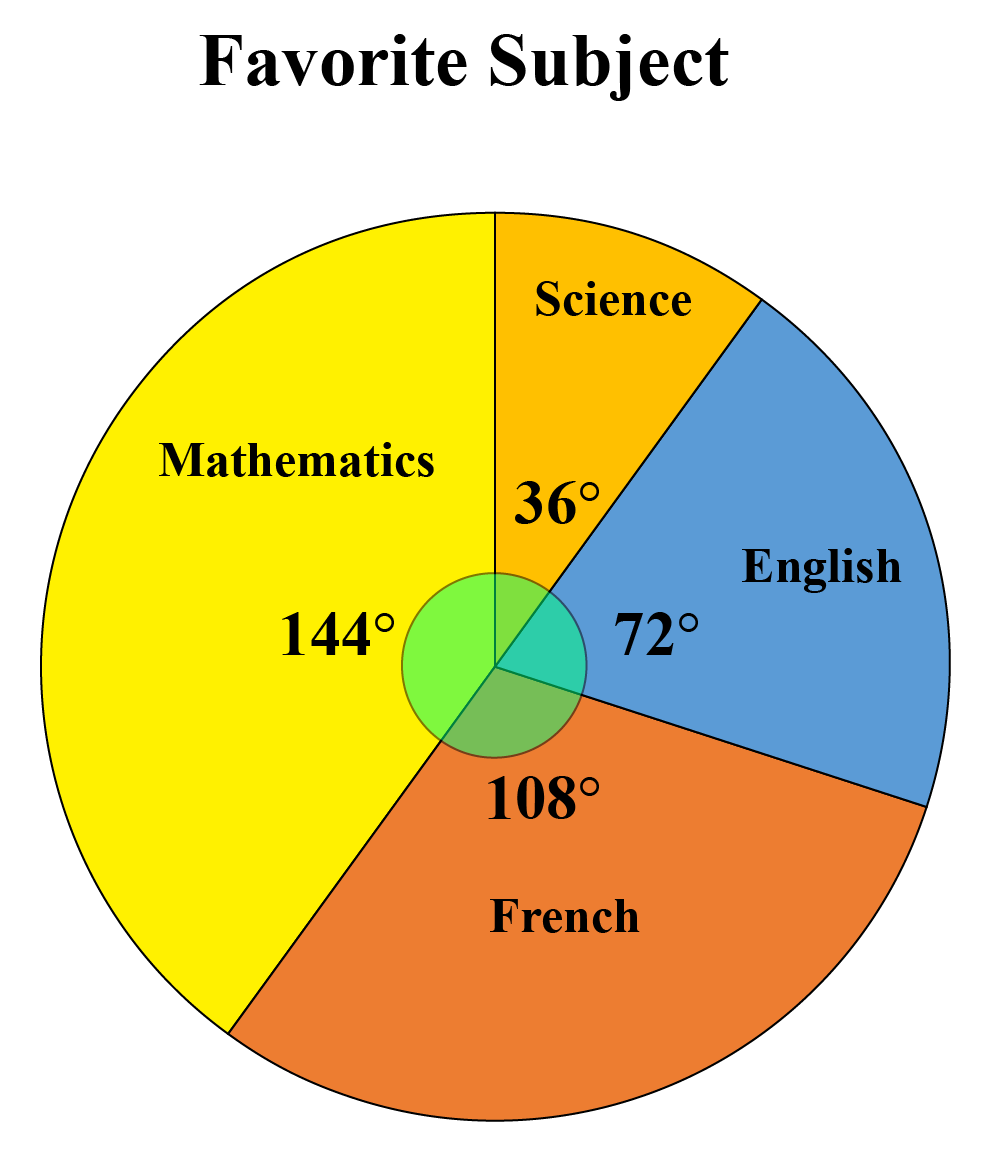
Photo Credit by: bing.com / pie charts chart data examples degrees solution percentage given english information solved students

